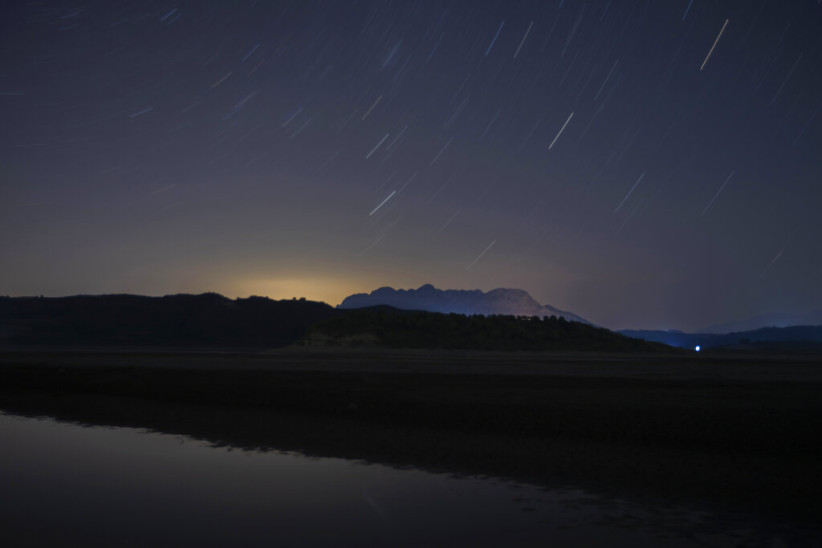During the peak of the showers you may see, conditions permitting, up to 100 meteors per hour
The Perseids, one of the most spectacular meteor showers of 2024, is now in full swing, and you may have already been lucky enough to catch a glimpse of the fast, bright shooting stars as they streak across the night sky.
As we approach mid-August the meteor showers will become more spectacular. During the peak of the rains you may see, if conditions allow up to 100 meteors per hour. Some of them may also be flaming fireballs, according to the BBC.
Unlike the meteor showers that have taken place in other years, this year the moonlight will probably not cover the super spectacle. Indeed, while the moon increases in size as August gets underway, once it dips below the horizon meteor activity will begin to increase. This is a happy timing.
When is the best time to see the Perseid shower?
The Perseid meteor shower began on July 17, 2024 and will continue until approximately August 24. The best time to see meteors is between midnight and sunset.
The meteor shower peaks on August 12. This is also the time when we expect to see more meteors. The best time to watch the Perseids will be on the nights of August 11/12 and August 12/13.
Set an alarm between midnight and before the sky starts to lighten (around 5:30am in the UK, 6am in New York and LA) will give the best results.
What causes the Perseid shower?
As comets approach the Sun, they heat up and pieces of them are torn off. These debris are composed of stone, dust and ice and vary in size. It is possible that a comet’s orbit crosses that of Earth, so some of the debris will be in its path. When the debris encounters the Earth’s atmosphere, it heats up to temperatures of thousands of degrees Celsius and ignites due to its high speeds and friction with atmospheric air particles. The result is an impressive shower of passing stars.
Objects that enter the Earth’s atmosphere are called “meteor”. The smallest of these evaporate completely in the atmosphere, leaving behind a bright trail, with no part of them reaching the Earth’s surface. In this case, they are called “falling stars” or “shooting stars”. Larger meteors, called “fireballs,” may explode in the atmosphere. Fireballs outshine the brightest planets. More rarely, they light up the entire sky and are likely to be accompanied by sound.
The comet shower phenomenon is periodic, as the Earth will encounter the comet’s debris each time it passes through a specific point in its orbit, which corresponds to specific dates of the year, such as mid-August for the Perseids.
Source :Skai
I am Terrance Carlson, author at News Bulletin 247. I mostly cover technology news and I have been working in this field for a long time. I have a lot of experience and I am highly knowledgeable in this area. I am a very reliable source of information and I always make sure to provide accurate news to my readers.











